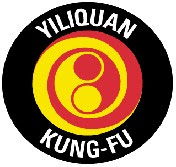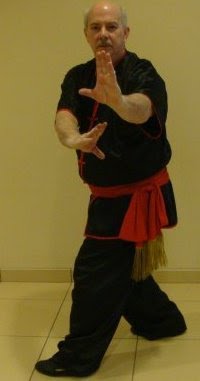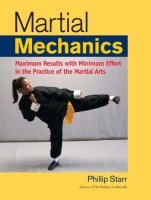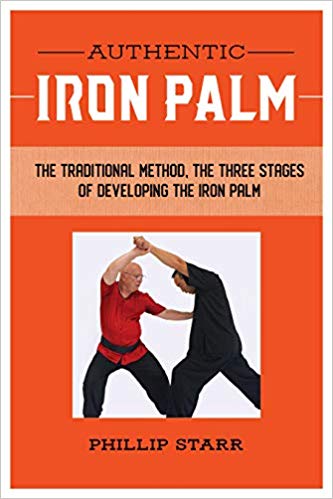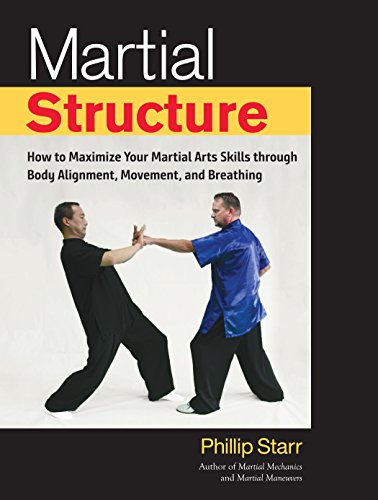All
martial disciplines feature various forms of kamae, which are
physical postures that practitioners assume just prior to engaging an
opponent. Most of them are proactive; designed to provide a measure
of protection against an assailant's attack. In this wise, they may
be compared to a shield. However, the proper kamae should also bring
many of the practitioner's bodily weapons to the fore. Thus, he is
prepared to defend himself and deliver a quick counter-attack.
The
traditional martial disciplines wherein the warrior was armed with
some kind of weapon often featured “openings”, apparent flaws in
the postures that could be exploited by the enemy. However, these
gaps were intentional; they were actually traps that were meant to
ensnare an unsuspecting foe. The warrior meant to tempt his opponent
into trying to take advantage of his supposed weakness. Naturally,
the opening had to be rather small; if it was too obvious, his
adversary would see the flaw for what it was.
Using
this type of tactic could provide the feudal warrior with a real
advantage. He would know from what quarter his enemy's attack would
come and he'd be prepared to deal with it instantaneously. He wanted
to induce his opponent to attack a target that wasn't really there.
It's
interesting to note that the bare-handed martial forms didn't utilize
any kind of formal pre-combat kamae. Early films of karate
instructors (many of whom would go on to become some of the most
famous teachers in the world) show them engaged in jyu-kumite
(freestyle sparring), which, as you'll recall, was a new innovation at that time. There is no distinctive
placement of the arms and hands.
As time
marched on and more karate enthusiasts began to participate in this
new-fangled exercise known as jyu-kumite, well-defined kamae began to
emerge. Not unexpectedly, they initially often resembled a type of
kamae used in classical kenjutsu (swordsmanship). Their interest was
in winning the match. They wanted to score points against the
opponent while preventing him from doing the same thing to them.
With
the advent of karate tournaments in the West, the kamae underwent
further modifications, especially after the introduction of padded
gloves and footgear. Fighters assumed the kamae that one would
expect of a Western boxer, whose hands are employed to protect his
face and head (thus preventing a knockout) whilst his arms and elbows
are used to protect his torso. Because striking below the belt and
kicking into the groin and legs are not permitted, there is no need
to concern oneself with their protection.
The
differences between the classical forms of kamae and the more
contemporary versions may not seem glaringly obvious but a little
introspection will reveal the truth. The feudal warrior's primary
concern was the destruction of his enemy and the preservation of his
clan. Self-defense was of secondary importance. His approach to
combat was aggressive; his intention was to draw his enemy into a
trap and utterly destroy him.
After
the disappearance of the feudal systems, the emphasis shifted to a
more personal level, that of self-protection and defense. And when
competition walked onto the scene, winning the game became the first
priority.
In so
far as actual self-defense is concerned, you usually don't have time
to adopt some kind of formal kamae. Things often happen to quickly
for that. It's best to utilize the principles of the formal kamae in
common, everyday postures. These are often referred to as shizentai
(natural postures). After all, it's
from these positions that you may have to move quickly and defend
yourself. It sounds simple enough to do but it will actually require
some considerable practice. This is why the founder of aikido,
Morihei Uyeshiba, said, "Kamae
is for beginners. Shizentai is for advanced pupils."



